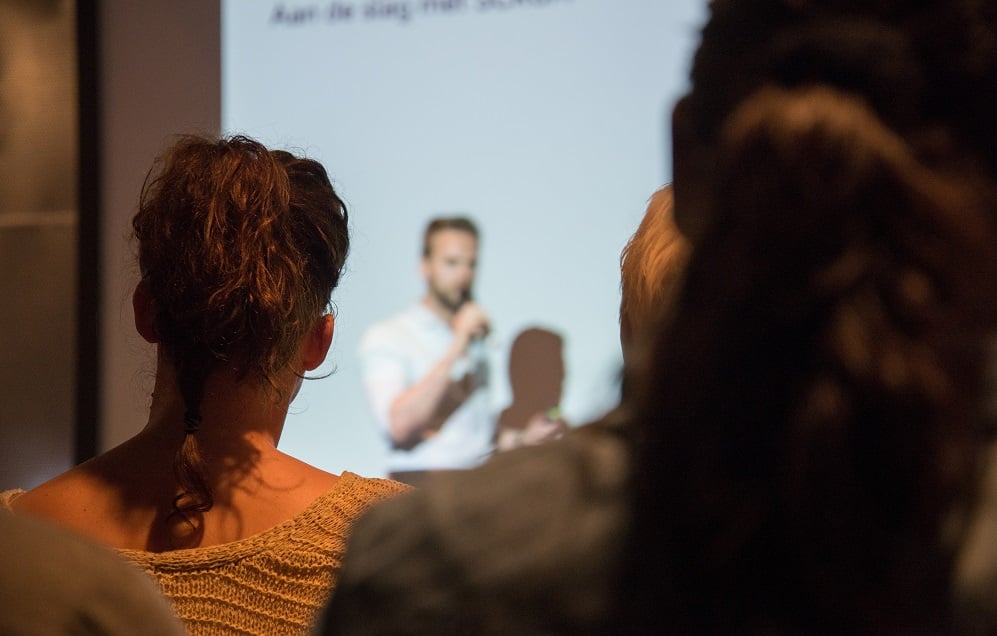
Diversity and inclusion: why are we still talking about it?
A reluctance to self-reflect and a tendency to recruit in our own image are at the root of the sector’s failure to employ a workforce that reflects the wider working population, says Sara Whybrew.
I remember being told by a colleague many years ago that my ethnicity helped the organisation meet its diversity targets (the organisation and colleague will remain nameless). Ten years later, when I was working for a different company, I was told by a funder that the speakers at an event I was running weren’t sufficiently diverse. Three of the five speakers were from a minority ethnic background, I was one of them.
I can’t help but feel that these examples epitomise why the creative industries will continue to have workforces that fail to be representative of the wider working population. Diversity shouldn’t be a tick box exercise, it should be about nurturing an approach that embraces and values difference in all its guises. It’s not action plans that change an organisation’s school of thought, it’s the people in it.
Could it be that the sector knows what the problem is, but it doesn’t understand how it got here?
Talking, not doing
This year alone has seen the launch of the Creative Diversity All Party Parliamentary Group, the publication of the Creative Industries Council’s Diversity Charter and Arts Council England’s latest Creative Case for Diversity report. Myriad meetings and papers have continued to circulate around this ‘agenda’. So if we’re talking about it this much, why aren’t we seeing a noticeable change in who enters our workforce?
Could it be that the sector knows what the problem is, but it doesn’t understand how it got here? This is certainly what I think I’m seeing when I work with different companies. A simple misunderstanding about what diversity and inclusion mean, and a reluctance to self-reflect. It’s easy to tell ourselves we’re making change happen because we’re talking about doing it, but if we’re honest with ourselves, sometimes this is as far as the change goes.
Recognising talent
Sector-led initiatives and programmes that aim to engage and attract diverse talent are crucial for helping new entrants recognise the creative industries as a valid choice for a career, but I’m not sure these initiatives alone will change who gains work in our sector. If we want our workforces to be productive in all respects, then it’s time we properly embraced new talent by learning how to recognise it.
It’s as if we forget the centre piece of the jigsaw: who it is that decides who our jobs go to. Many influencing individuals and bodies can help spark interest in working in our sector, but it’s the employers that make the final decision on who gets employed.
Recruiting in one’s own image is quicker, easier and frankly more comfortable, and we’re probably all guilty of thinking, albeit subconsciously at times, that if someone is like us then they’re right for the job. What about assessing ability; or raw, unadulterated talent? This isn’t always neatly packaged into a list of prior qualifications, or 10 years work experience in ‘a similar role’. Perhaps a willingness to learn, an interest in your mission, a set of skills that you need but that might be packaged differently or that have been applied in a completely different setting, and a school of thought that’s different to yours, maybe these are worth embracing.
Valuing difference
Respecting and valuing those who are different to us, who complement us rather than mirror us – whether it be someone’s beliefs, thought processes and perspectives – maybe these should be how we talk about diversity. Perhaps if we embrace these things, we’ll find that all those other ‘boxes’ get ticked.
If you’re not sure where to start, then perhaps we can help. In the new year Creative & Cultural Skills, on behalf of the Creative Careers Programme, will be launching its new Best Practice Recruitment Guide for Creative Leaders. Designed to help employers reflect on how they might be currently approaching recruitment, it will offer simple steps that could help reach beyond the norm.
We’d like to help employers understand what diversity and inclusivity really mean, and the moral, social and legal implications of truly embracing these. Our guidance isn’t designed to tell organisations what to do, merely encourage a bit of self-reflection and maybe introduce an approach that helps us all think a little differently about how we recruit to change who we recruit.
Please keep an eye on our website for upcoming dates of sessions.
Sara Whybrew is Programme Director (England) at Creative & Cultural Skills.
www.ccskills.org.uk
Tw @CCSkills
This article, sponsored and contributed by Creative & Cultural Skills, is part of a series promoting apprenticeships and challenging entrenched social inequalities, to create a more diverse workforce.

Join the Discussion
You must be logged in to post a comment.